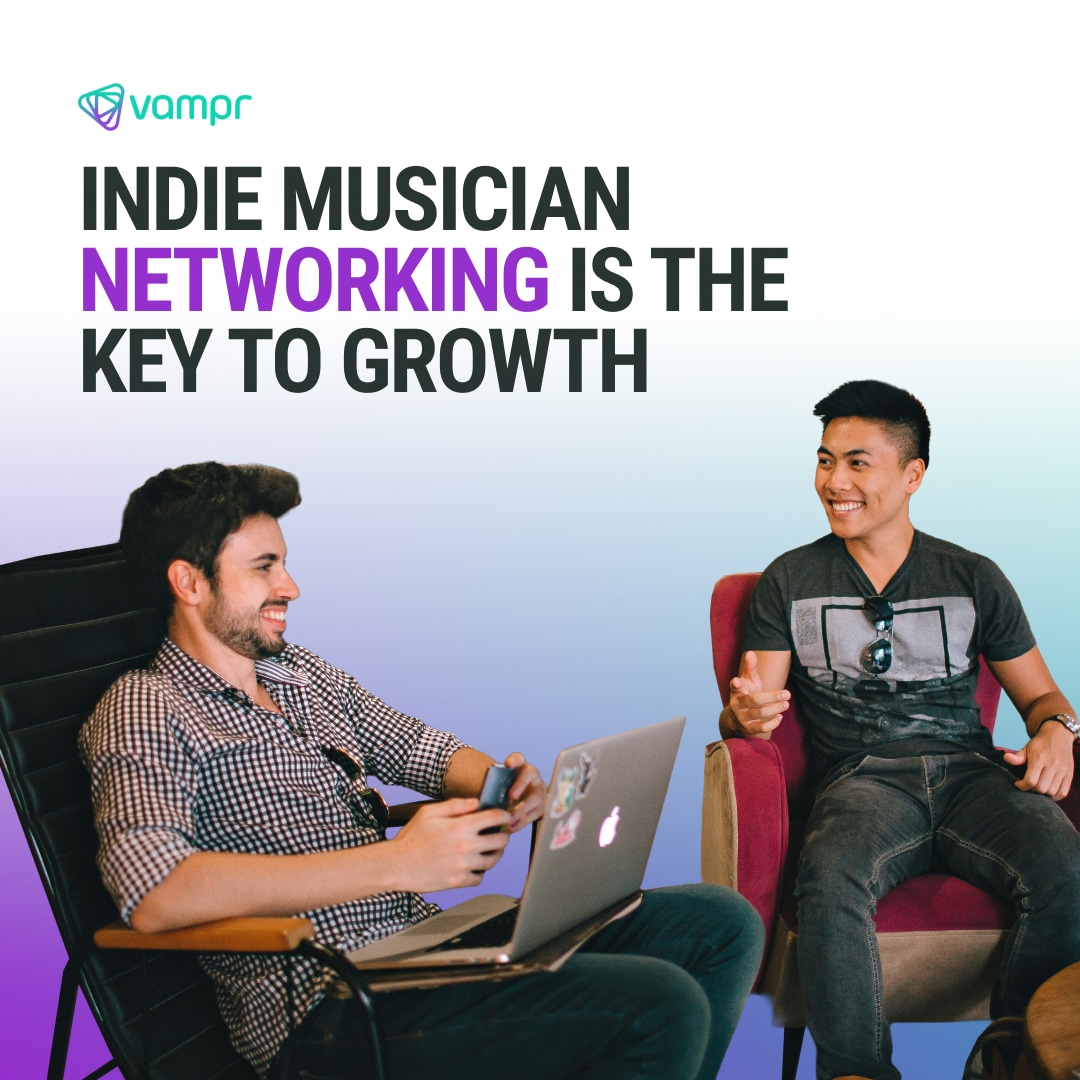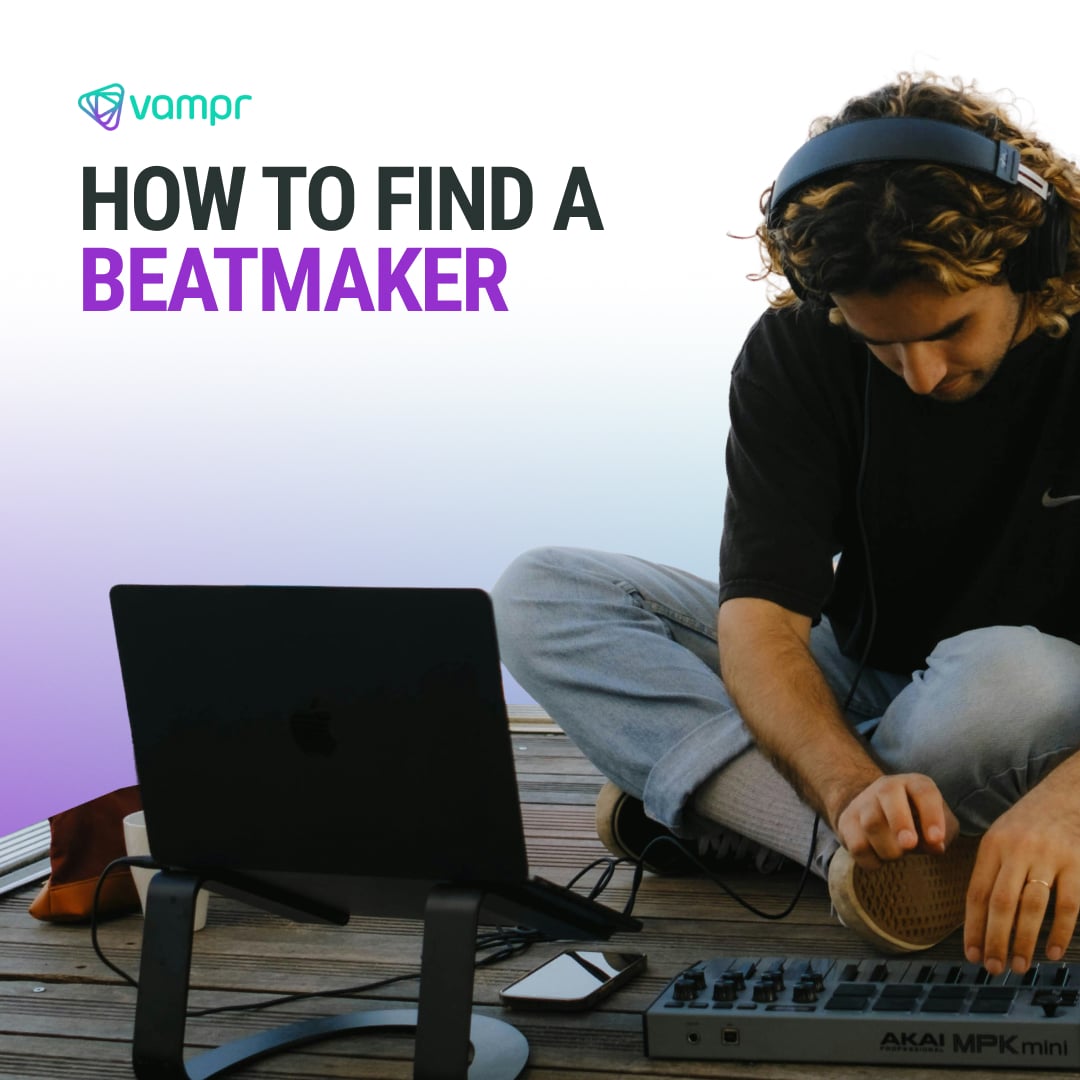Music has been the soul’s expression for centuries. With advancements in technology, artists have found unique avenues to share their art. One aspect remains constant, though: the need for musicians to be compensated fairly. Whether you’re looking into music publishing or contemplating self-publishing music, understanding royalties is crucial.

A Concise History of Music Royalties
The genesis of music royalties traces back to times when sheet music was the primary medium of musical consumption. Long before the age of
social media for musicians and digital streaming platforms, royalties were introduced to ensure that composers and musicians received their due for the efforts they poured into their artistry.
In the classical era, composers primarily earned through patronage or selling sheet music. But with the advent of the phonograph in the late 19th century, the landscape changed dramatically. For the first time, music could be recorded and played back, leading to the birth of the music recording industry.
As technology evolved—through radio broadcasts, cassette tapes, CDs, and now streaming platforms—so did the mechanisms for compensating artists. Royalties ensured that every time a song played on the radio or a record was sold in a store, the artist, composer, and other stakeholders received their rightful share. However, it wasn’t always a smooth journey. Over the decades, artists and song publishers often locked horns over fair compensation, leading to landmark legal battles and the formation of protective bodies and associations.
Traditional Music Publishing vs. Self-Publishing
Traditional Music Publishing
Signing with a music publisher represented a pivotal moment in an artist’s career, often serving as a stepping stone to wider recognition and financial success. Music publishers played a crucial role in the artist’s journey, taking charge of the distribution, marketing, and rights management of their music. This relationship was not just about pushing music to various markets; it also involved navigating the complexities of music rights and ensuring that all legal and financial aspects were handled professionally. In exchange for these comprehensive services, music publishers received a significant portion of the revenues generated from the music. The artists, while relieved of the burdens of self-management, had to accept a smaller cut of the earnings. This trade-off was often worthwhile in the traditional music industry landscape, where the resources and connections of a seasoned publisher could dramatically amplify an artist’s visibility and success.
Self-Publishing
Today, artists can
self-publish music, bypassing traditional music industry gatekeepers. This shift has been facilitated by a proliferation of digital tools and
apps for musicians that allow them to distribute their music directly to global audiences at minimal cost. Self-publishing offers artists unprecedented control over their music and careers, including the freedom to make artistic choices without external influence. However, this approach also imposes the need for artists to become well-versed in the intricacies of the music industry, particularly in areas such as marketing, rights management, and royalty collection. Navigating these elements independently can be challenging and requires a substantial investment of time and effort. Nonetheless, for those able to manage these challenges, self-publishing can lead to greater artistic autonomy and potentially higher financial returns, as artists retain a larger share of their revenues without intermediaries.
How Are Royalties Generated?
Streaming
Streaming services such as Spotify and Apple Music have revolutionized the music industry by becoming a primary source of revenue for artists. These platforms operate on models that offer premium subscriptions, where users pay a monthly fee for uninterrupted access to music, and ad-supported streams that are free but include advertisements. Artists earn money each time their song is streamed, but the payout per stream is notoriously low—often fractions of a cent. While streaming can provide significant exposure and a steady income stream, it underscores the necessity for artists to diversify their income sources. High streaming numbers are crucial, but they must be part of a broader strategy that includes merchandise sales, live performances, and other revenue-generating activities to ensure a sustainable career.
Radio Play
The music industry’s ecosystem continues to depend heavily on radio play, which gives musicians extra revenue streams and important visibility. Whether through traditional terrestrial radio stations or digital platforms like SiriusXM, each play of a song can translate into compensation for the artist. This is managed through performance rights organizations and royalty collection agencies that monitor airplay across various channels to ensure that artists and rights holders receive their due payments. For many artists, radio play is particularly important as it reaches a wide audience, can significantly boost song popularity, and drive other revenue streams such as streaming and sales, making it a crucial element of music marketing and revenue.

Live Performances
Live performances are not just about the music and the immediate audience interaction; they’re a vital component of an artist’s financial strategy. Offering a diverse range of revenue opportunities, these events can significantly boost an artist’s overall earnings and fan engagement:
- Ticket Sales: The sale of tickets is often the most direct and significant source of revenue from live performances. Artists and promoters meticulously plan ticket pricing strategies, taking into account factors like seating arrangements, demand, artist popularity, and special guest appearances. High-profile artists can command substantial ticket prices, particularly for exclusive or limited-capacity events. Additionally, dynamic pricing strategies may be employed to maximize revenue, adjusting prices in real time based on demand.
- Merchandise: Merchandise sales at concerts are a critical revenue stream that extends the artist’s brand beyond just their music. This includes everything from T-shirts and hats to limited edition items that are often available only at concert venues. Merchandising not only serves as a physical reminder of the concert experience but also allows fans to show their loyalty and connection to the artist. Profit margins on merchandise can be significant, making it an essential aspect of the financial benefits of live performances.
- VIP Experiences: Many artists offer VIP packages that can significantly enhance their earnings from live events. These packages might include exclusive meet-and-greet opportunities, backstage passes, premium seating, and other unique experiences like soundcheck attendance or pre-show receptions. These high-ticket items not only provide substantial income but also deepen fan engagement by offering a memorable, personalized concert experience that can foster lasting loyalty.
- Sponsorship Deals: Sponsorships and partnerships with brands can substantially augment the earnings from live performances. Brands pay to be associated with an artist’s tour, leveraging the artist’s appeal to reach target demographics. This can include stage banners, branded merchandise, and even co-branded content that extends beyond the concert venue into digital and media spaces. Effective sponsorship deals benefit both the artist and the sponsor by aligning brand messages with the artist’s fanbase.
- Performance Rights: Performance Rights Organizations (PROs) are critical in ensuring that artists receive royalties whenever their music is played publicly, including during live performances. These organizations track the usage of artists’ music and distribute royalties accordingly, which can add a significant income stream over time. This is especially important for songwriters and composers who might not be directly on stage but whose music forms the core of live performances.
Not only do they provide substantial financial benefits, but they also create a dynamic interaction between artists and fans that can enhance fan loyalty and drive future sales. The synergy between financial gain and fan engagement underscores the importance of live performances in the modern music industry.
Synchronization
Often referred to as “sync,” this involves the placement of music in various forms of media such as films, TV shows, commercials, and video games. Artists are compensated with a sync licensing fee, which can vary widely depending on the prominence of the placement and the medium. This fee is negotiated by the artist or their representatives and can be a significant source of income. Sync deals not only provide financial benefits but also enhance an artist’s visibility and audience reach. A well-placed song in a popular movie or commercial can lead to increased streams, sales, and even radio play, creating a ripple effect that enhances other revenue streams, thereby making synchronization a vital part of the music revenue ecosystem.
The Potential of Free Music Publishing Platforms
The music industry, once dominated by colossal record labels and gatekeepers, is undergoing a seismic shift thanks to the rise of free music publishing platforms. Their emergence has truly revolutionized the landscape, offering a canvas where creativity knows no bounds. These platforms, synergizing with the world of
social networking for musicians, are not just tools; they symbolize the very essence of democratization. They break down barriers, ensuring that talent, rather than connections, shines through. Independent artists, who might have once felt the weight of the industry’s exclusivity, now find themselves empowered. They’re no longer confined by the dictates of traditional music publishers; instead, they have the autonomy to share their artistry directly with the world.
But the advantages don’t end at publication. The era of digital music has brought with it the boon of global connectivity. Music collaboration apps have become the bridges connecting artists from different continents, cultures, and genres. An artist in Nashville can seamlessly collaborate with another in Tokyo, creating a fusion that was once hard to imagine. These apps provide real-time feedback, file sharing, and virtual jamming sessions, enabling global collaborations that would have been logistically impossible a few decades ago.
Furthermore, with direct access to fans, artists can receive instant feedback, tailor their music based on audience preferences, and even crowdfund their projects. This real-time interaction nurtures a community where fans feel a deeper connection to the artist, leading to loyal fan bases and organic growth.
Mechanisms of Collecting Royalties
Performance Rights Organizations (PROs) serve as essential intermediaries between music creators and the platforms or venues that broadcast their music. These organizations ensure that artists are fairly compensated for the use of their work. By handling complex tracking and administrative tasks, PROs allow artists to focus on their creative endeavors without worrying about the logistics of music rights and earnings:
- Song Registration: This initial step is crucial for establishing the artist as the rightful owner of the music within the PROs’ systems. Once a song is registered, the PRO assigns a unique code to it, enabling the tracking of its use across various media. Registration ensures that any revenue generated from the song can be correctly attributed to its owner. Without this crucial step, there’s no reliable method to claim ownership, which could result in lost income if the music is played or used without attribution.
- Tracking Plays: PROs utilize advanced technology and a network of agreements with radio stations, streaming services, TV channels, and live venues to monitor where and how often each song is played. This data is essential not only for calculating royalties but also for providing valuable insights into where an artist’s music is most popular. Real-time tracking ensures that every instance a song is played, the artist earns a corresponding payment. It’s a detailed process that requires continuous oversight to ensure accuracy in royalty calculations.
- Revenue Distribution: After tracking the plays, PROs proceed with the complex task of revenue distribution. They calculate the royalties based on predetermined rates, which vary by country and platform, and ensure that these funds are distributed to the artists, publishers, and other rights holders. This system of fair distribution maintains the financial integrity of the music industry by ensuring that earnings are allocated according to legal agreements and usage rates.
By efficiently managing these processes, PROs play a pivotal role in the music industry. They not only safeguard the financial interests of artists but also support the broader ecosystem by ensuring that all parties involved in the creation and
distribution of music are compensated for their contributions.

When publishing music, metadata—information about the track, like the artist, composer, and publisher—is crucial. Accurate metadata ensures the correct attribution of royalties. A slight error can divert funds, underscoring the need for meticulousness. The music industry, with its evolving regulations and norms, necessitates artists to be ever-learned. Staying updated on royalty laws can significantly impact one’s income. Numerous online resources, workshops, and courses can aid artists in this endeavor.
As the music landscape continually transforms, one truth remains: understanding and advocating for your financial rights is paramount. Whether you’re looking to collaborate using a music collaboration app or aiming for the stars with a major song publisher, always prioritize knowledge about royalties. Your talent deserves rightful compensation. Embrace the tools, both old and new, and let your music resonate while ensuring your pockets aren’t left empty.













